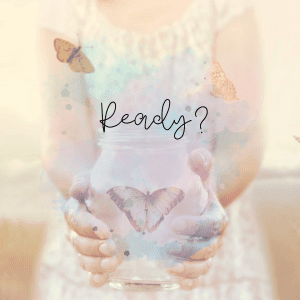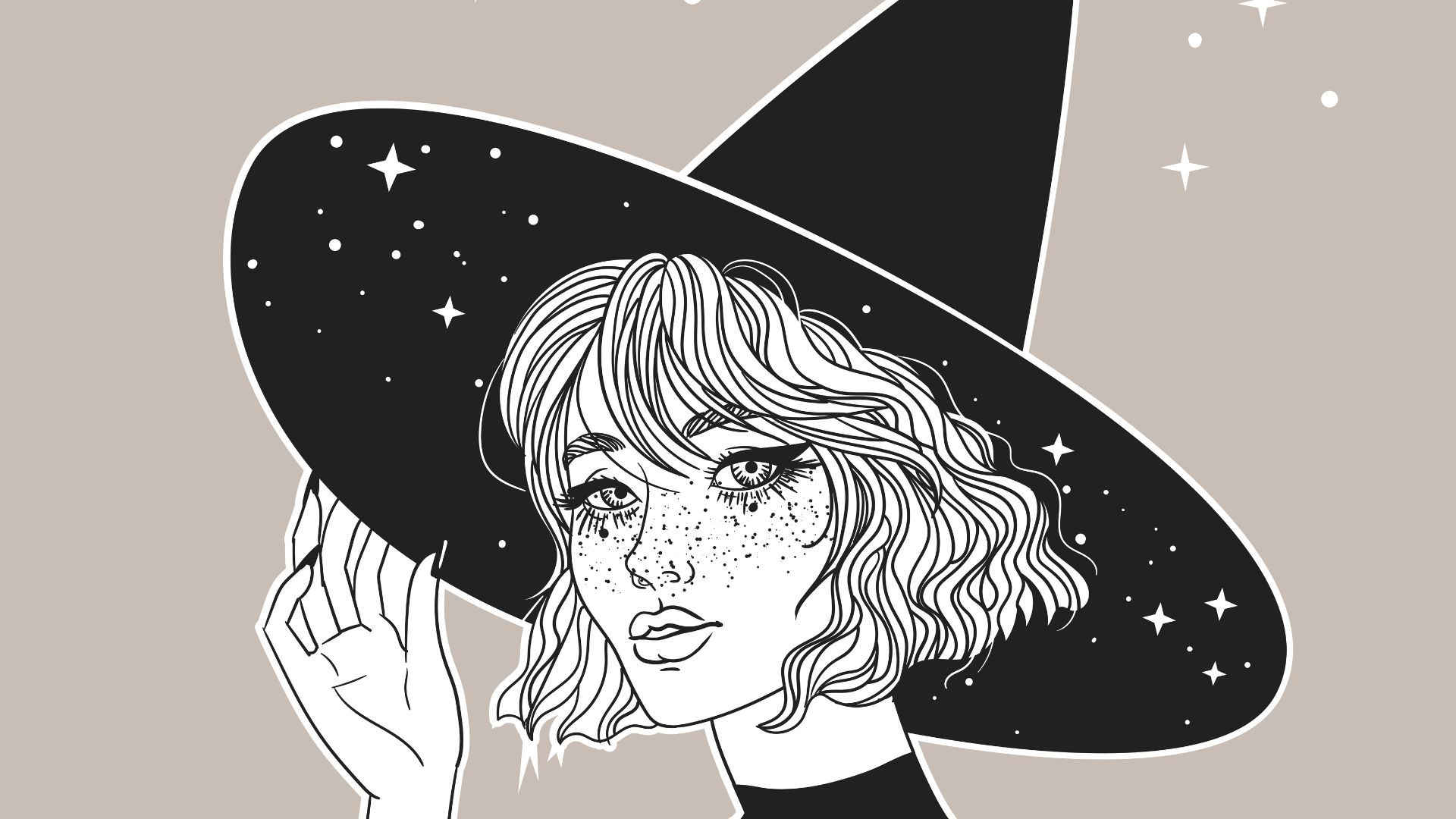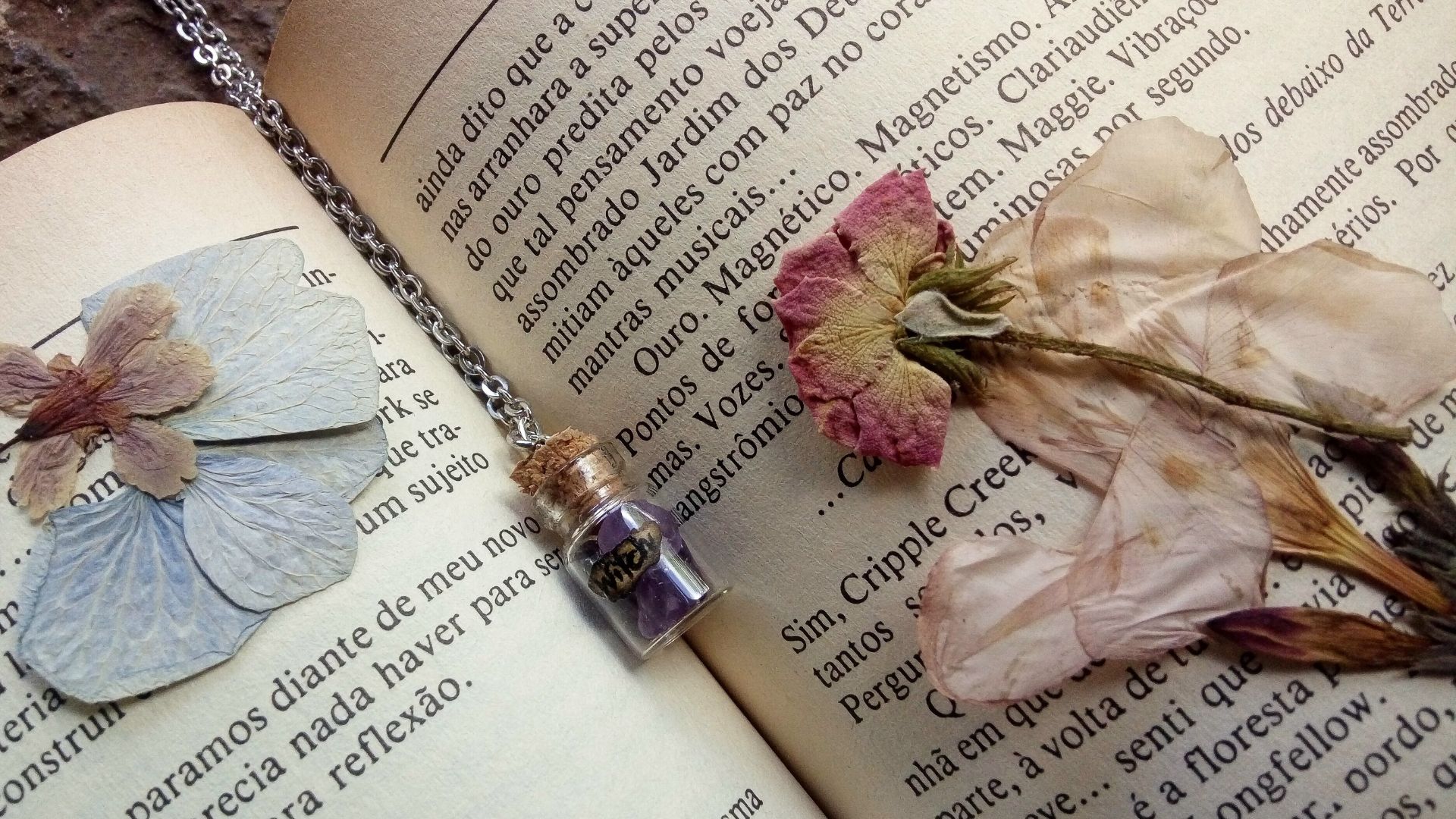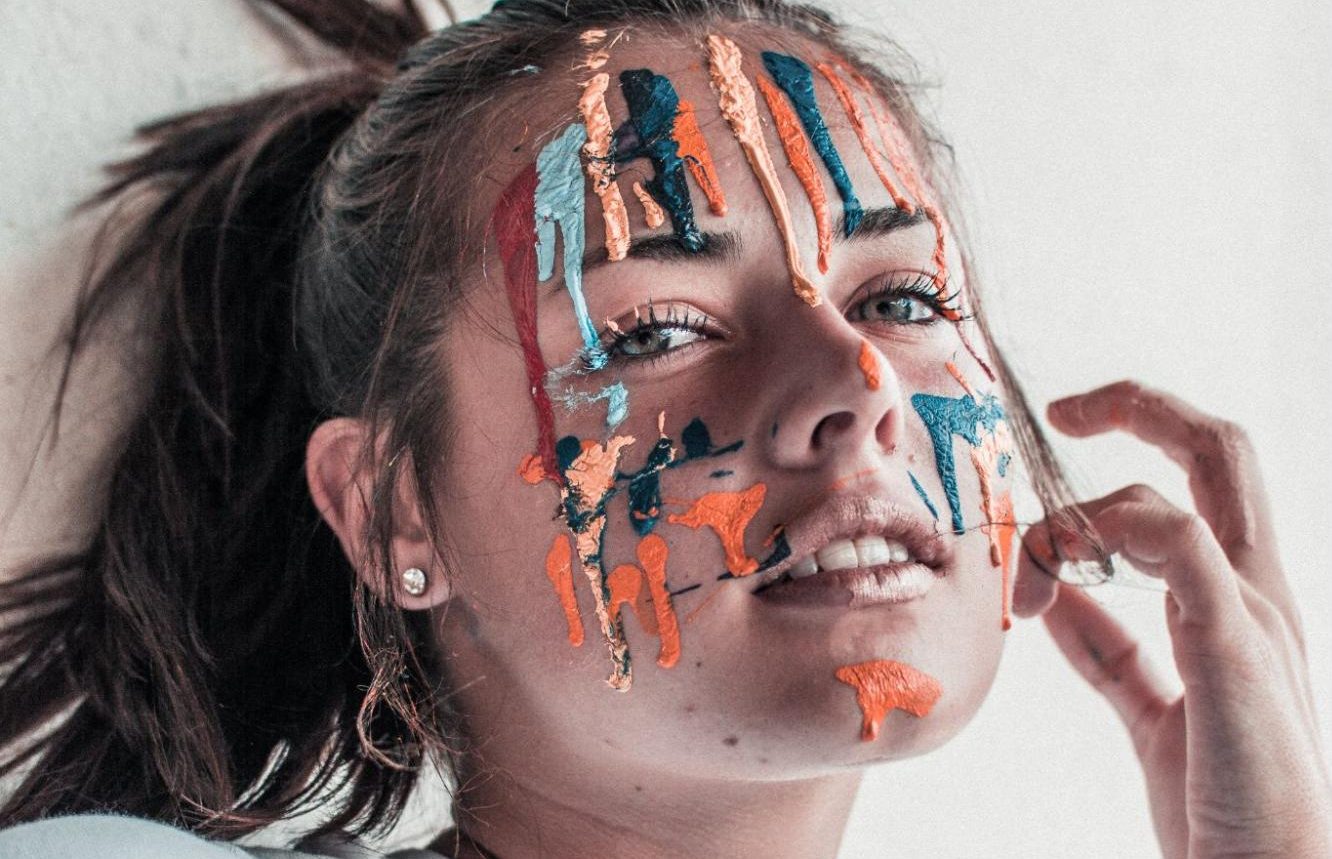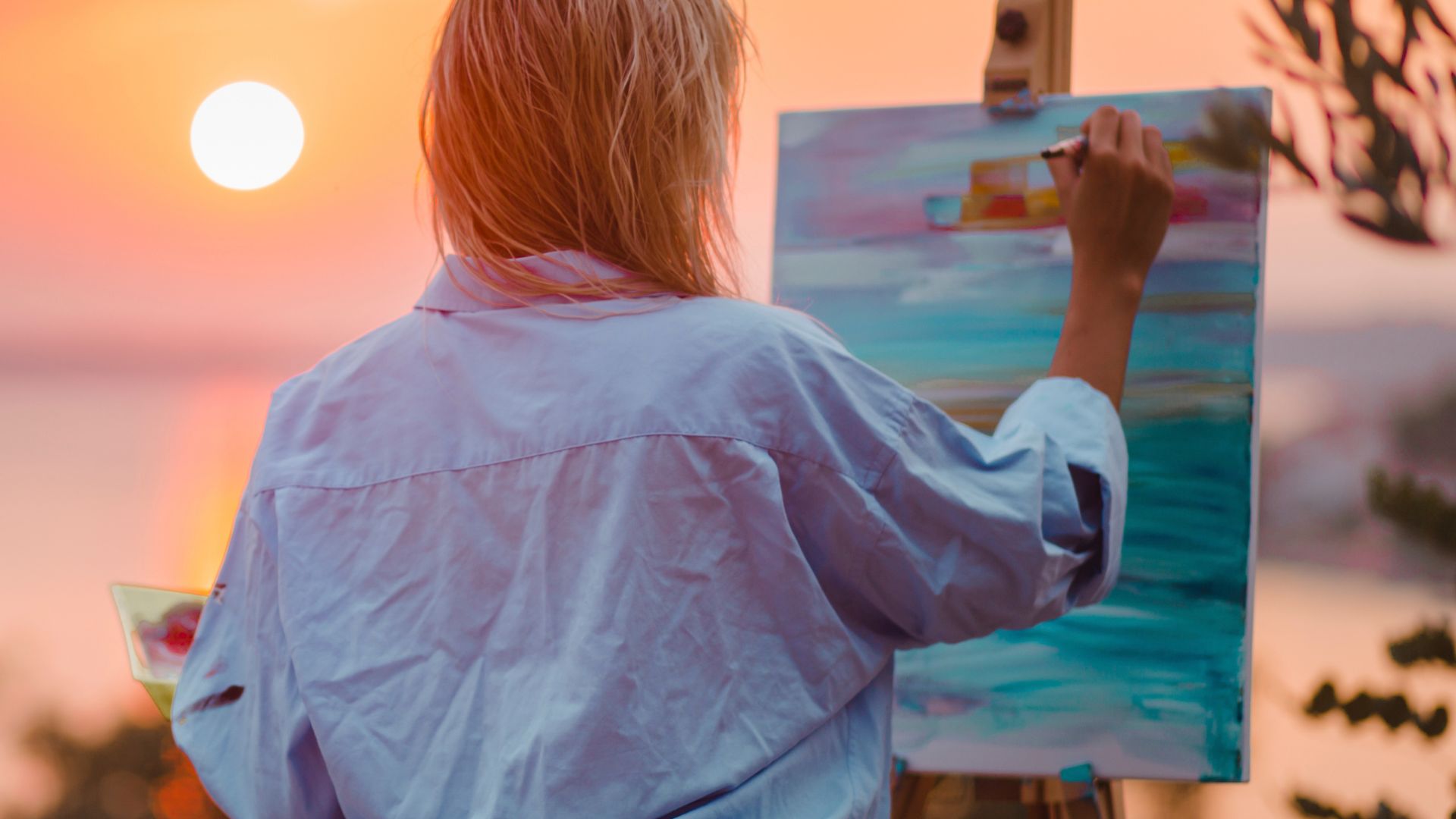

How Art can Transform your life
Art, in its essence, transcends conventional definitions, serving as a profound channel for the expression of the soul and the interconnectedness of the spiritual and material realms. It is a profound expression of the human spirit, encapsulating a diverse range of creative endeavors that manifest through various mediums such as painting, sculpture, literature, music, and performance. Art serves as a conduit for translating the intangible aspects of human experience into tangible forms that resonate with emotions, thoughts, and perceptions.
It is a language that transcends spoken or written words, employing symbols, colors, shapes, and sounds to convey the depth and complexity of the human psyche. Through the strokes of a brush, the rhythm of a melody, or the arrangement of words on a page, artists tap into the realms of imagination and emotion, offering a unique lens through which individuals can explore, interpret, and connect with the world around them. Art is both a reflection of the artist’s inner landscape and a mirror that invites viewers to contemplate their own existence, beliefs, and aspirations.
In its myriad forms, art becomes a sacred space where the mundane transforms into the extraordinary, and the invisible threads of the human soul are woven into the fabric of tangible creation. It is a manifestation of human creativity, a dynamic force that breathes life into the ordinary. It is the result of a unique interplay between the mind’s ingenuity and the soul’s yearning for expression. Creativity ignites the spark that propels individuals to transform thoughts, emotions, and ideas into tangible forms.
Whether creating or experiencing, the journey through art becomes a pilgrimage of self-discovery, a pathway to healing, and a portal to dimensions of the soul that words alone cannot reach. In the dance between creator and creation, or observer and observed, art whispers the language of emotions, echoes the depths of the subconscious, and resonates with the rhythms of the human spirit. This transformative power of art lies not only in the intangible spaces it opens within us, inviting us to explore, reflect, and ultimately, to evolve. Here are several ways art can transform one’s life:
Expression of Emotions:
Art serves as a profound medium for individuals to express complex emotions that may be challenging to articulate verbally. Through the use of color, form, and symbolism, artists can convey a range of feelings, from joy and love to sorrow and despair. The canvas becomes a space where emotions can be externalized and made tangible.
The act of creating art provides a cathartic release for pent-up emotions. As individuals engage in the creative process, they channel their emotional energy into the artwork, allowing for a transformative experience. This release contributes to emotional well-being by offering a healthy outlet for expression and helping individuals make sense of their feelings.
Self-Discovery and Identity:
Engaging with art becomes a journey of self-discovery as individuals explore their inner landscapes. Through artistic expression, individuals uncover aspects of themselves that may be hidden or not fully realized. The creative process becomes a form of introspection, inviting individuals to delve into the depths of their thoughts, memories, and aspirations.
Artistic expression serves as a means of introspection and self-reflection. Whether through visual arts, writing, or other creative forms, individuals can externalize their inner thoughts and reflect on their experiences. This process fosters a deeper understanding of one’s identity, allowing for a more nuanced and authentic self-awareness.
Healing and Therapeutic Benefits:
Art has extensive therapeutic applications, including its use in formal art therapy settings. The creative process becomes a therapeutic outlet for individuals dealing with trauma, grief, or mental health challenges. Art therapy utilizes various mediums to help individuals express and process their emotions in a supportive environment.
Creating or experiencing art can contribute significantly to healing from trauma and reducing stress. Art provides a non-verbal way for individuals to confront and process traumatic experiences. Engaging with art can also be a form of mindfulness, promoting relaxation and stress reduction by focusing the mind on the creative process.
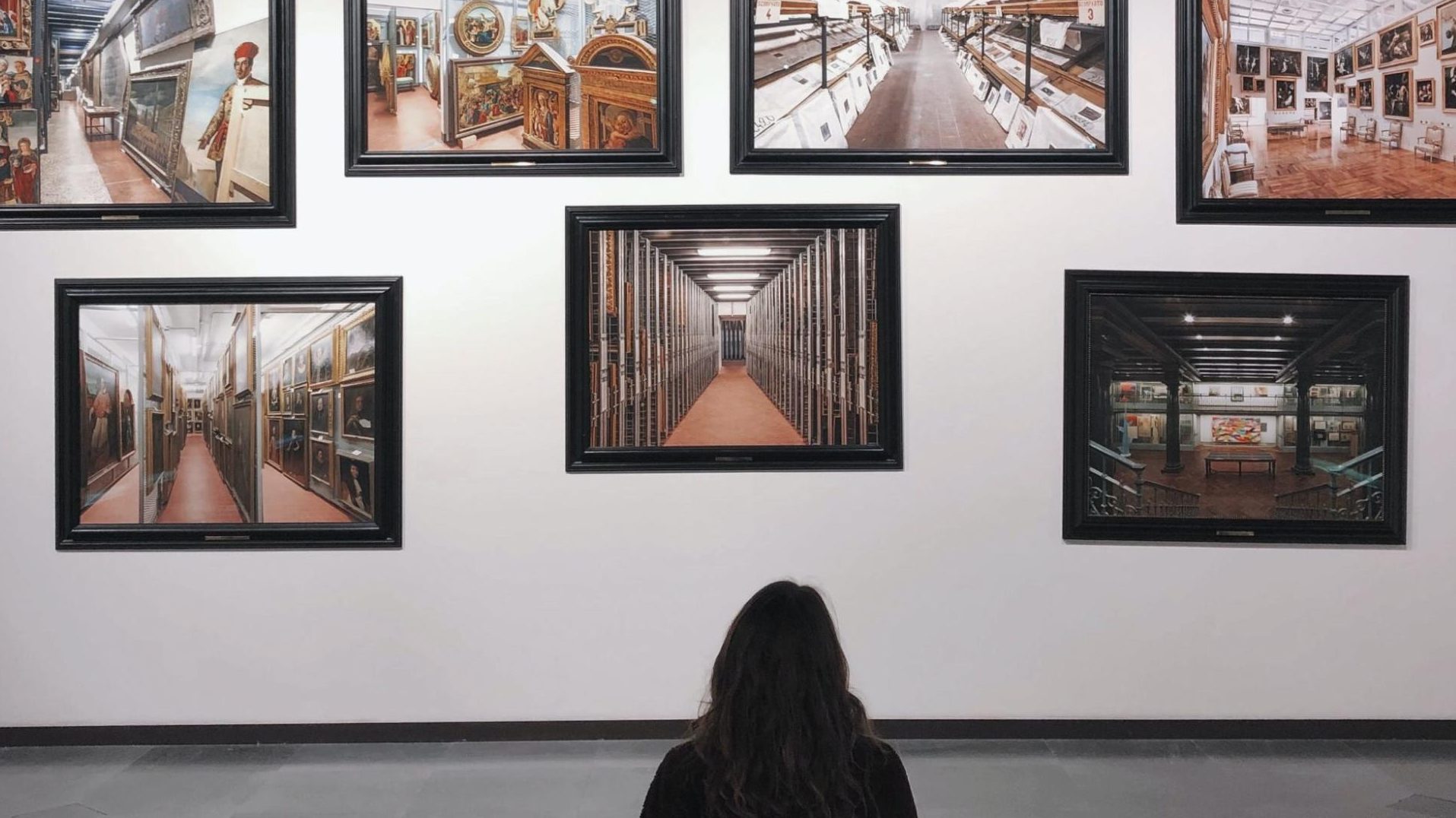

Cultural and Spiritual Connections:
Art serves as a powerful connector to cultural heritage, allowing individuals to explore and celebrate their roots. Through traditional art forms, individuals can express cultural narratives, preserving and transmitting traditions across generations.
Certain art forms and practices have been integral to various spiritual traditions and rituals. From religious iconography to sacred architecture, art becomes a visual language that communicates and reinforces spiritual beliefs. The creation and appreciation of art can foster a profound connection to the divine.
Mindfulness and Present Moment Awareness:
Art possesses meditative qualities that encourage mindfulness and present moment awareness. Engaging with art requires focused attention, pulling individuals into the “flow” state where the mind is fully immersed in the creative process. This meditative quality contributes to a sense of calm and presence.
The process of creating or experiencing art can be a form of active meditation. Whether it’s painting, drawing, or simply observing art, individuals can cultivate mindfulness by being fully present in the moment. Art becomes a tool for grounding oneself in the beauty of the immediate experience.
Communication Beyond Words:
Art provides a unique avenue for communication that transcends language barriers. Visual art, in particular, communicates on a visceral level, allowing for a shared understanding that goes beyond linguistic limitations. It becomes a universal language accessible to people of diverse cultures and backgrounds.
The power of art lies in its visual and symbolic language. Artists use symbols and imagery to convey messages and emotions, often reaching audiences in ways that words cannot. The interpretation of art becomes a personal and subjective experience, allowing for a rich and multi-layered form of communication.
Inspiration and Creativity in Everyday Life:
Exposure to art has the profound ability to inspire creativity and innovation in various aspects of daily life. Whether it’s visual arts, literature, or music, encountering creative works can ignite new ideas, perspectives, and solutions to challenges.
Art encourages individuals to find beauty and inspiration in ordinary things through an artistic lens. The concept of “everyday aesthetics” invites individuals to appreciate the artistry in mundane moments, fostering a heightened sense of wonder and creativity in daily life.
Connection to Nature:
Art, whether inspired by nature or created using natural materials, deepens one’s connection to the natural world. Artists often draw inspiration from the beauty of landscapes, flora, and fauna, translating the wonders of nature into visual or auditory expressions.
Art plays a pivotal role in environmental awareness and advocacy. Through eco-art and environmental installations, artists raise awareness about ecological issues, prompting viewers to reflect on their relationship with nature and the urgent need for conservation.
Community and Social Impact:
Art has the power to bring communities together, fostering a sense of unity and shared identity. Public art installations, community murals, and collaborative projects become mediums through which individuals can collectively express their cultural diversity and shared experiences.
Art can be a catalyst for social change and activism. Through powerful visual statements, artists contribute to social movements, shedding light on injustice, inequality, and pressing societal issues. Art becomes a voice for marginalized communities and a force for positive transformation.
Lifelong Learning and Growth:
Engaging with art is a lifelong learning process that encourages continuous personal and intellectual growth. Whether through art classes, museum visits, or independent exploration, individuals can continually expand their knowledge, skills, and appreciation for various artistic forms.
It plays a crucial role in fostering a love for learning and creativity. Schools, museums, and community programs provide structured environments where individuals can develop artistic skills, critical thinking, and a lifelong appreciation for the arts.
Art as a Universal Language:
Art serves as a universal language that bridges cultural, linguistic, and societal divides. Through the global exchange of artistic expressions, individuals from different backgrounds can connect on a fundamental level, fostering mutual understanding and appreciation.
Art has been a powerful tool for promoting understanding and empathy on a global scale. Artists often explore universal themes that resonate with the human experience, allowing viewers to connect emotionally and intellectually with diverse perspectives.
Legacy and Immortality:
Art allows individuals to leave a lasting legacy. Through their creations, artists contribute to the cultural and artistic heritage of humanity, leaving behind a tangible imprint of their creative spirit.
The concept of art as a form of immortality suggests that the artist’s creations live on beyond their physical existence. Paintings, sculptures, literature, and musical compositions become timeless artifacts, continuing to inspire, provoke thought, and evoke emotions across generations.
In summary, the transformative power of art is multifaceted, touching on the deepest aspects of human experience. From the expression of complex emotions to the creation of a lasting legacy, art serves as a dynamic force that enriches, heals, and connects individuals across time and space.
